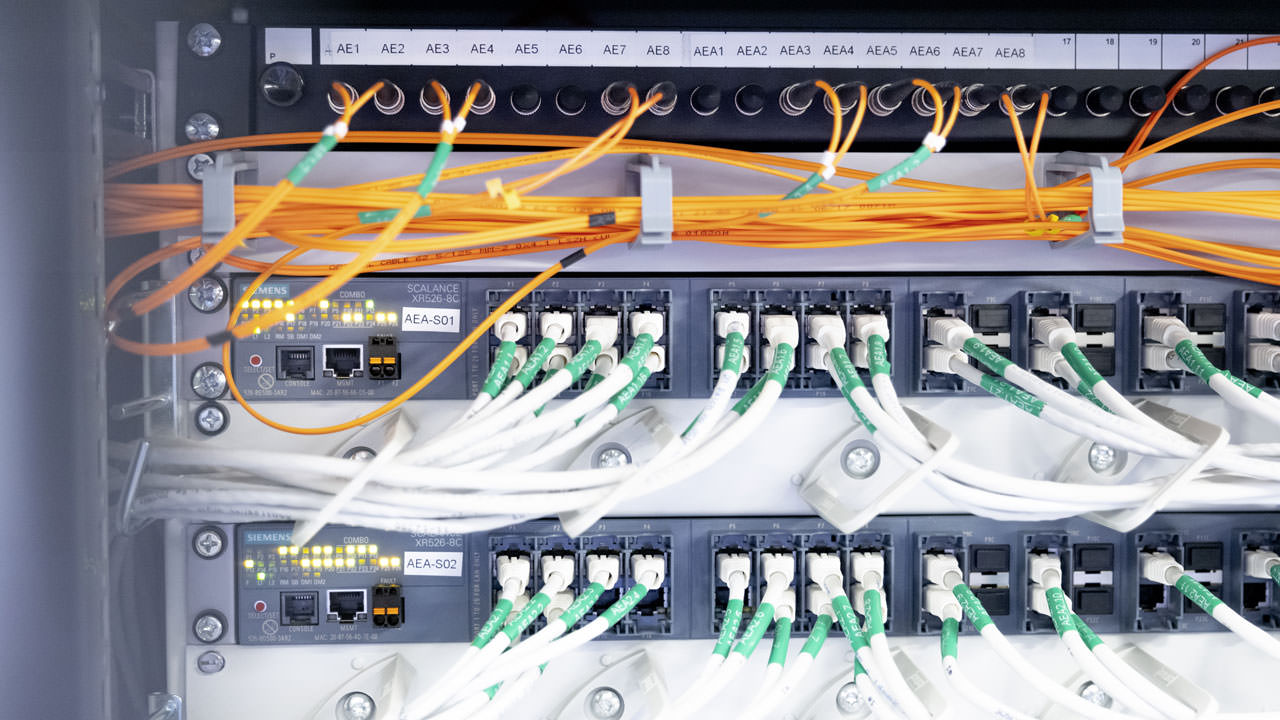
industrial Ethernet switches
With the ever-increasing demand for more data, industrial networks are becoming increasingly complex, and with that complexity comes a need to make sense of the various industrial Ethernet switch options available. That is why it is important to understand the variety of technologies and topologies that make up an industrial Ethernet network and how best to select an appropriate switch for your specific application. This article will provide an overview of the different types of switches available, as well as how to identify and select the best switch for your specific needs. By understanding these options and their respective advantages and disadvantages, you can ensure maximum efficiency from your industrial Ethernet system.
Types of Industrial Ethernet switches
There are a few different types of industrial Ethernet switches that can be used to maximize the efficiency of your system. The first type is a managed switch, which gives you the ability to control the flow of traffic and make changes to the configuration of the switch. This can be very helpful in ensuring that your network runs smoothly.
The second type of industrial Ethernet switch is an unmanaged switch. These switches are much simpler and do not offer as many features as managed switches. However, they can still be very beneficial in providing a basic level of connectivity for your system.
The third type of industrial Ethernet switch is an Industrial PoE switch. This type of switch provides power over Ethernet, which can be very useful in powering devices that are not near a power outlet. This can be especially helpful in industrial environments where there is limited access to power outlets.
Finally, there is the wireless industrial Ethernet switch. This type of switch allows you to connect devices wirelessly, which can be very helpful in situations where wired connections are not possible or desirable.
When to use an Industrial Ethernet switch
In industrial applications, there are many factors to consider when determining if an Ethernet switch is the right choice. Here are a few key considerations:
1. Determine the required port density: The first step is to determine how many devices will need to be connected to the network and what type of ports they will require (e.g. RJ-45, SFP, etc.). Port density can range from 8 ports up to 96 ports for managed switches.
2. Select the appropriate switch type: There are three main types of Ethernet switches – unmanaged, managed, and smart managed. Unmanaged switches are typically used in small networks or as entry-level solutions due to their low cost and easy installation. Managed switches offer more features and configuration options than unmanaged switches, making them ideal for larger or more complex networks. Smart managed switches provide all the features of a managed switch but with a simplified user interface, making them a good choice for smaller businesses or those new to network management.
3. Consider power requirements: Ethernet switches come in both AC-powered and DC-powered models. If using an AC power source, make sure the switch is compatible with the voltage and frequency of your local power supply. For DC-powered applications, consider battery backup options to ensure uninterrupted operation in case of power outages.
4. Determine environmental factors: When choosing an Ethernet switch, it’s important to consider the operating environment – temperature, humidity, dust,
How to select the right Industrial Ethernet switch
When it comes to selecting an industrial Ethernet switch, there are a few key factors that need to be considered in order to ensure that you select the right one for your needs. Here are a few things to keep in mind when making your selection:
1. Determine the number of ports you need. The number of ports on a switch will determine how many devices can be connected to it. Make sure to choose a switch with enough ports to accommodate all of the devices you want to connect.
2. Consider the speed and type of connection you need. Some switches are designed for specific types of connections, such as Fiber or T1/E1 lines. Make sure to choose a switch that is compatible with the type of connection you need.
3. Determine the amount of traffic your system will generate. This will help you determine the bandwidth requirements for your switch. Choose a switch that can handle the amount of traffic your system is expected to generate.
4. Consider future expansion plans. If you anticipate needing more ports or higher bandwidth in the future, make sure to choose a switch that is expandable so you can add more ports or upgrade to a higher bandwidth model as needed.
5. Compare features and prices from different manufacturers. Once you have determined your specific needs, you can compare features and prices from different manufacturers in order to find the best deal on an industrial Ethernet switch for your system
Final thoughts
The ever-growing demand for data-driven applications and services is driving the need for more reliable and high-speed networking. Ethernet has become the standard for local area networking (LAN) due to its flexibility, affordability, and scalability. As industries move toward Industry 4.0 and the Internet of Things (IoT), the demand for Ethernet in industrial applications is also growing.
Industrial Ethernet switches are designed to meet the specific needs of these demanding applications. They are ruggedized to withstand harsh environments, offer enhanced security features, and support advanced protocols such as Time Sensitive Networking (TSN).
When choosing an industrial Ethernet switch, it is important to consider the specific requirements of your application. Factors such as port density, switching capacity, latency, and jitter can all impact system performance.
Industrial Ethernet switches come in a variety of form factors, including desktop, rackmount, and DIN-rail mountable models. Selecting the right form factor will depend on the space constraints of your application and whether the switch will be deployed in a controlled or harsh environment.
No matter what your specific needs are, there is an industrial Ethernet switch that can maximize the efficiency of your system. With so many options available, it is important to work with a trusted partner who can help you select the right switch for your application.







Здесь можно купить сейф москва модели сейфов